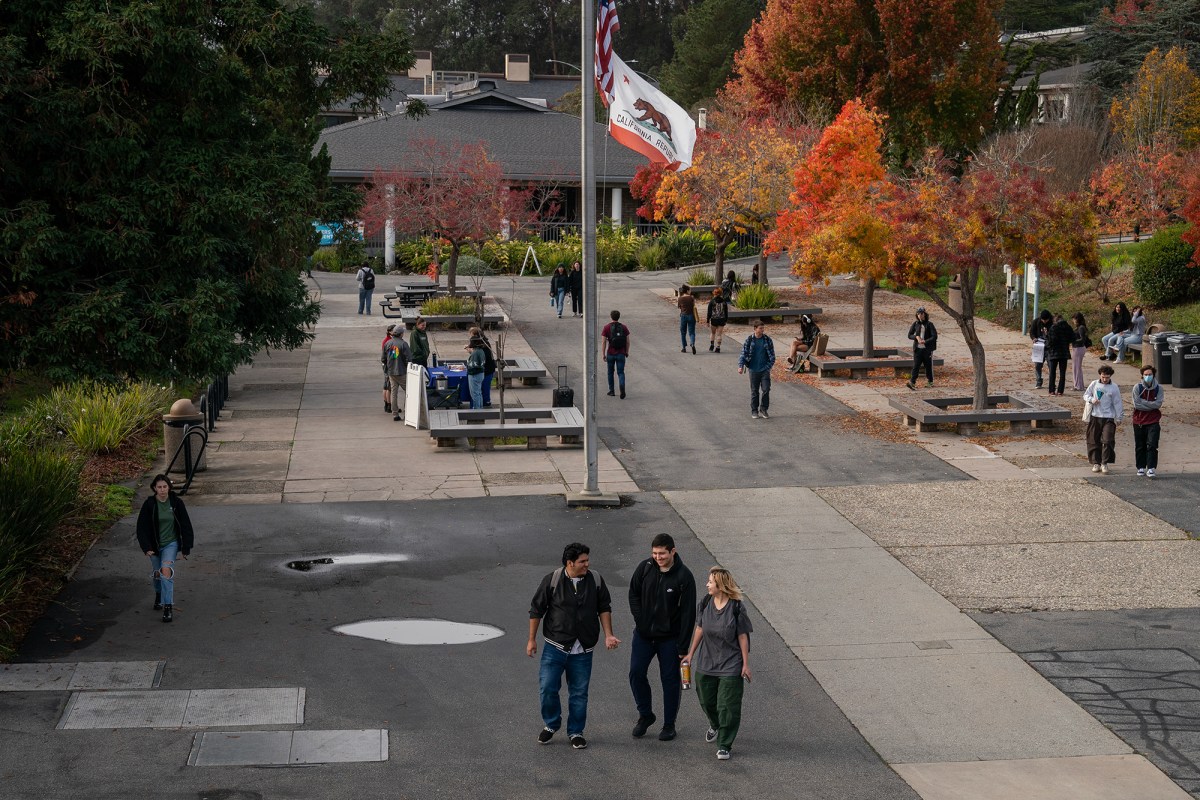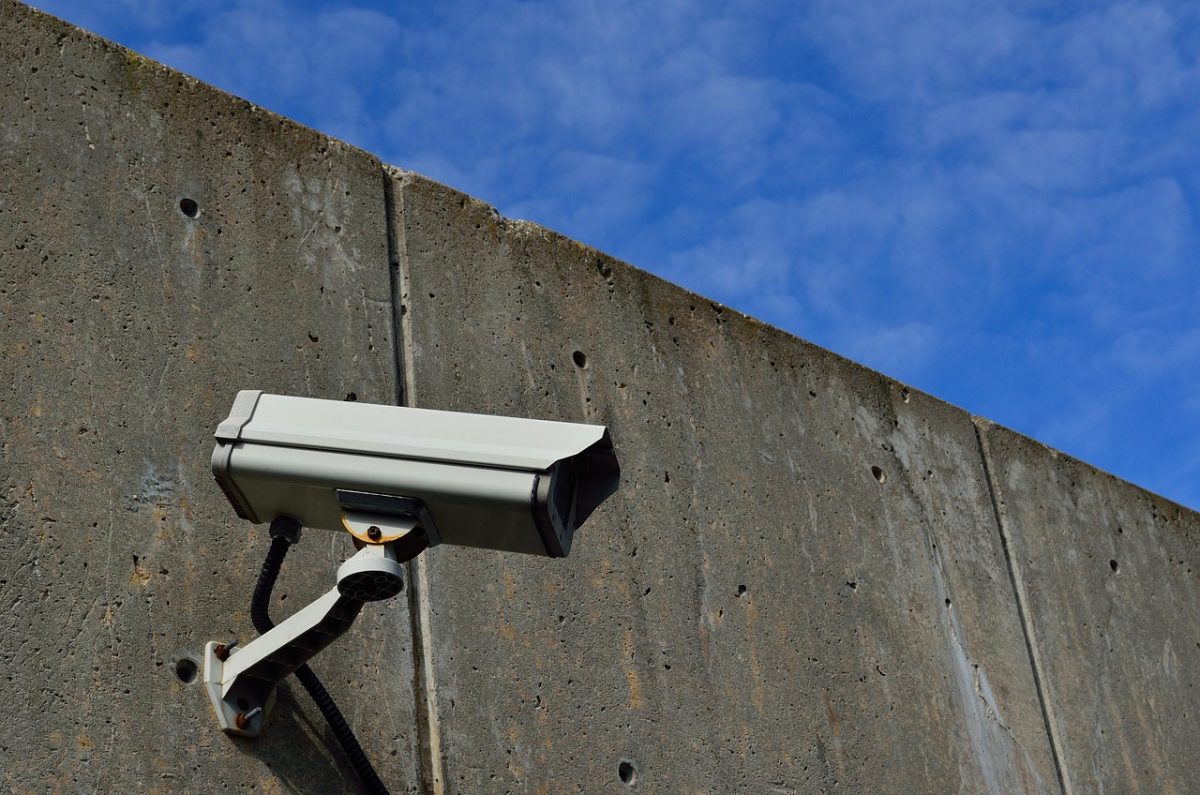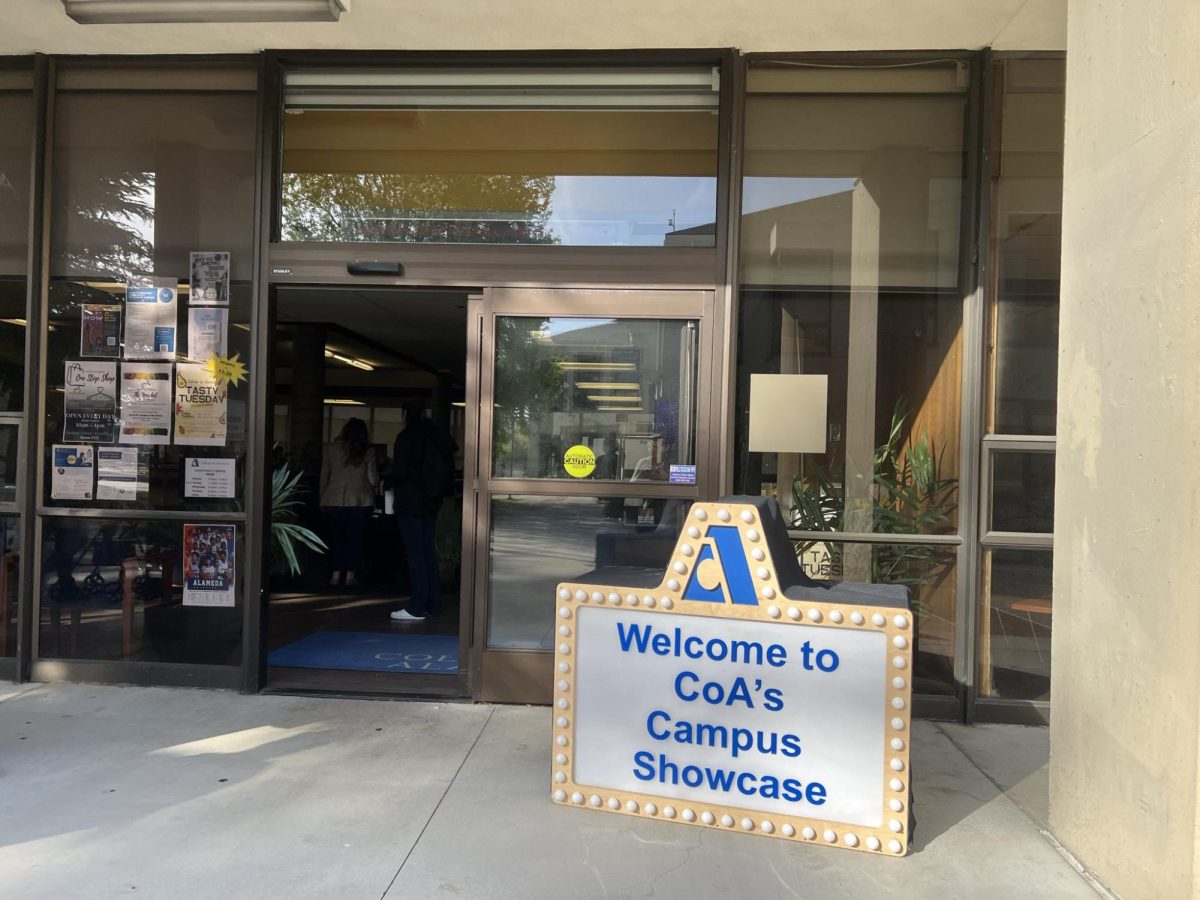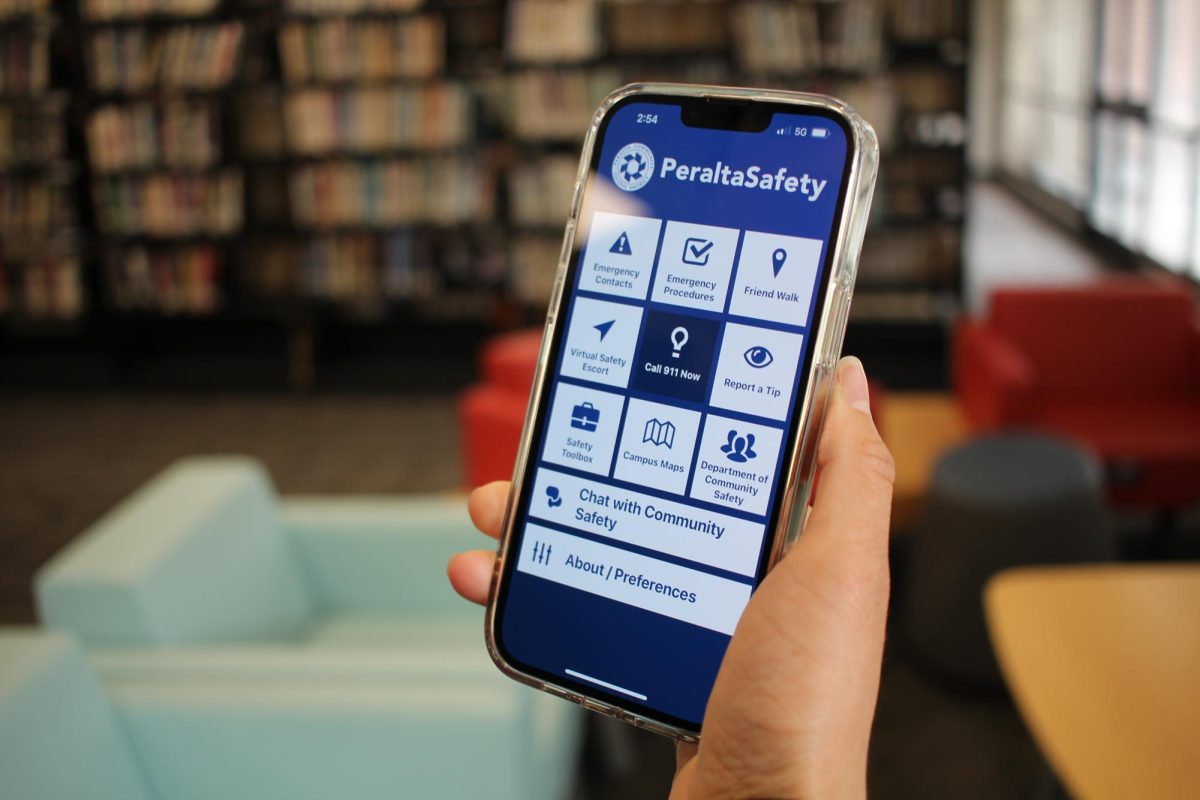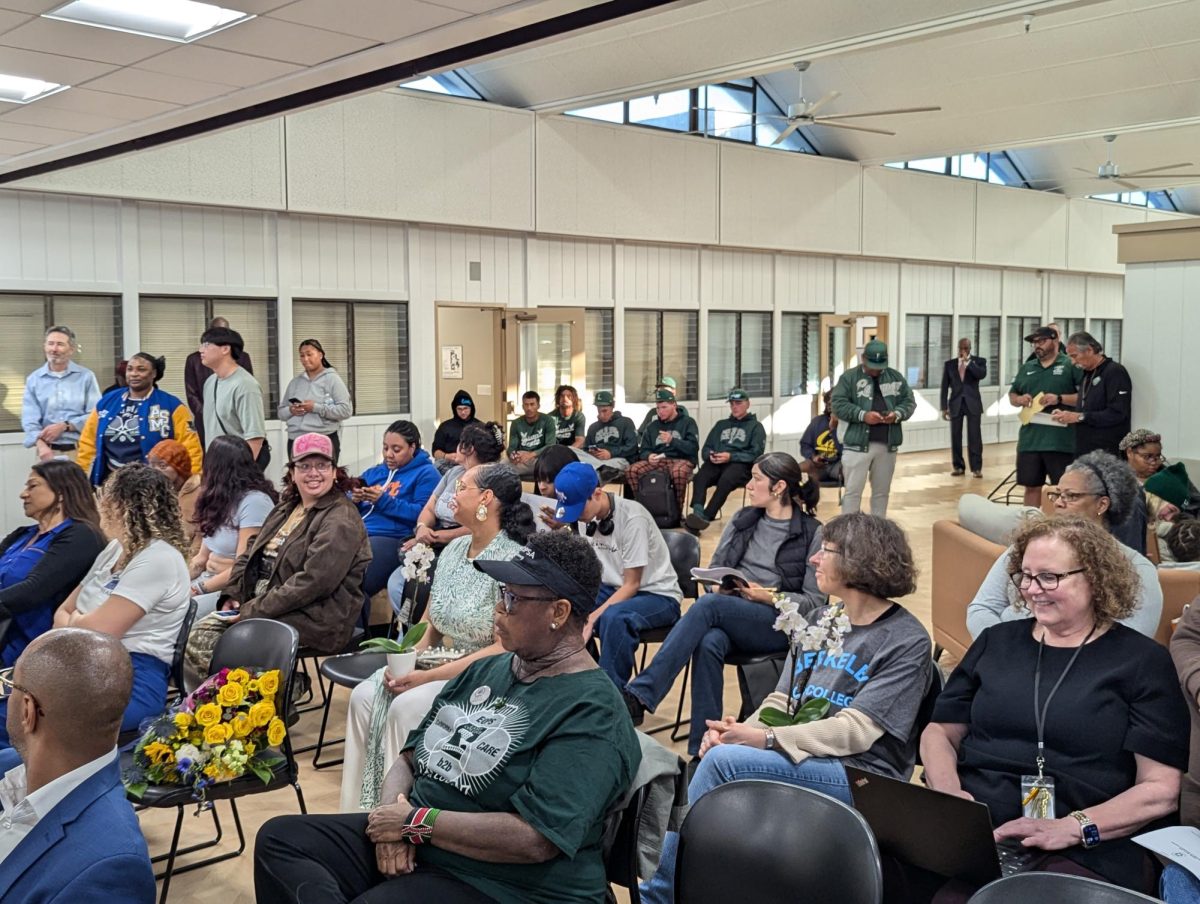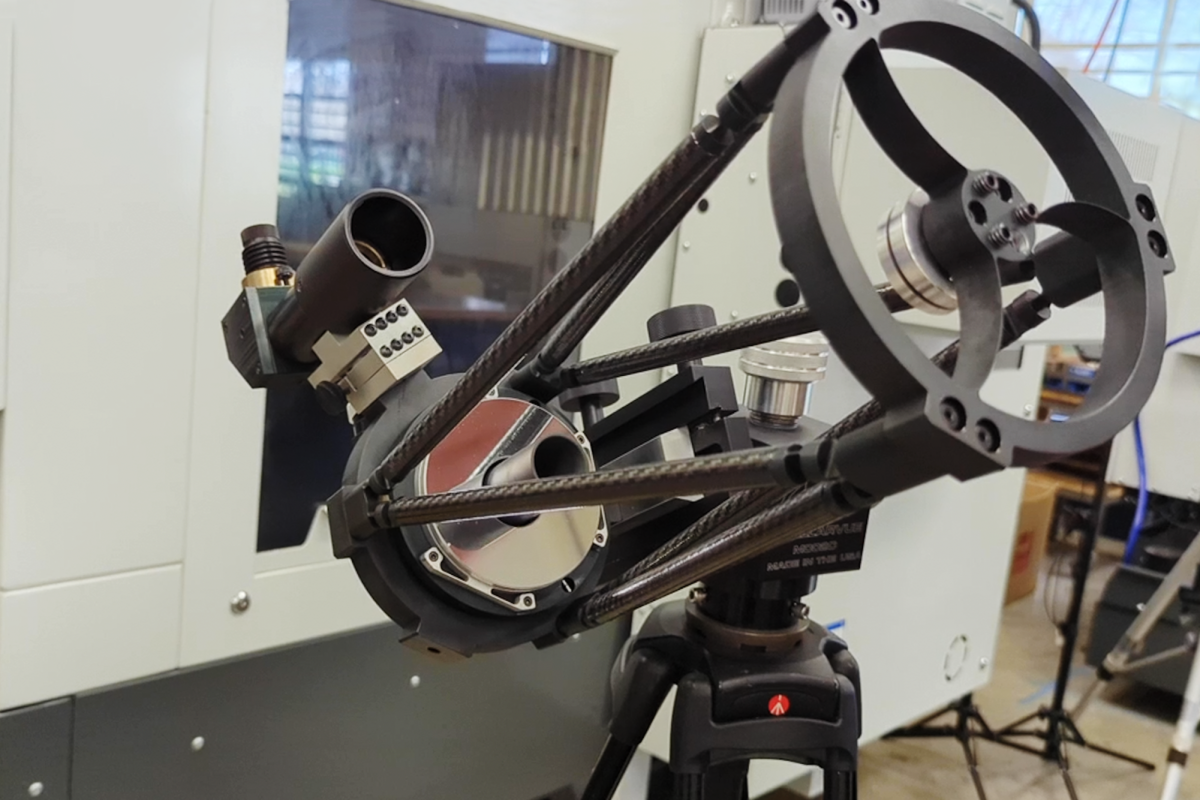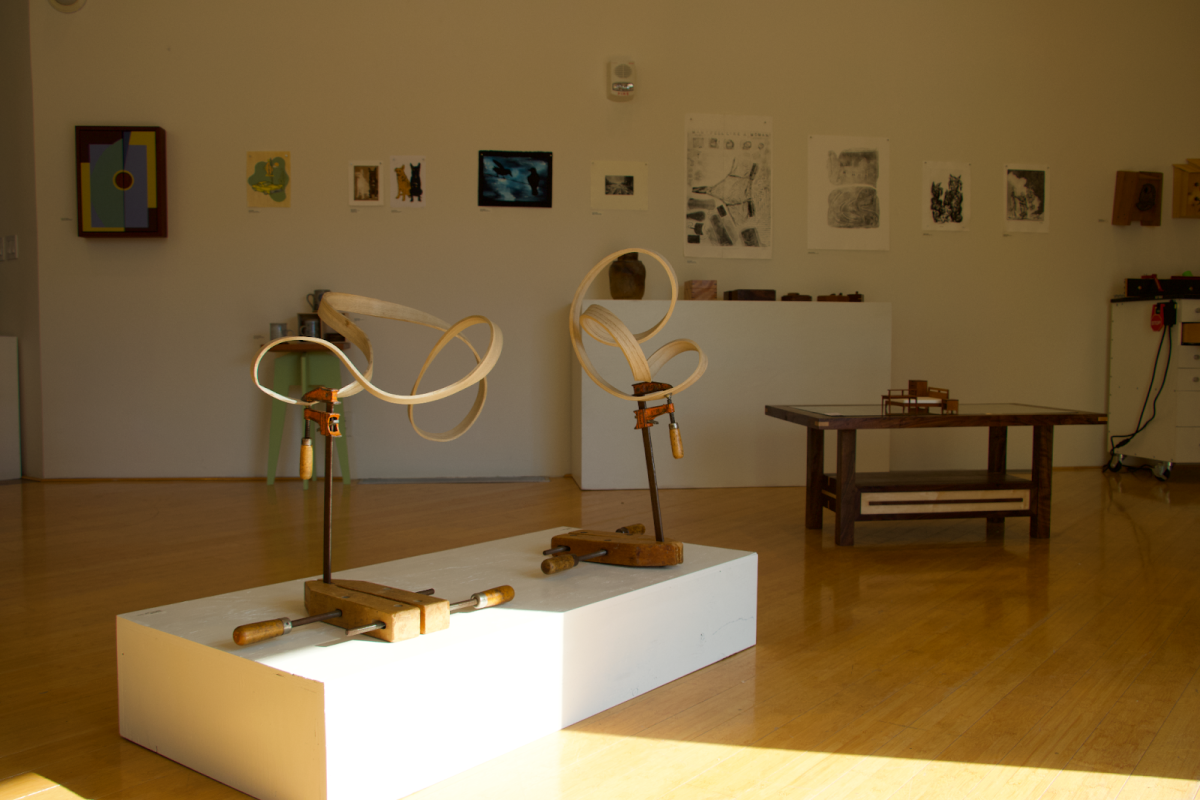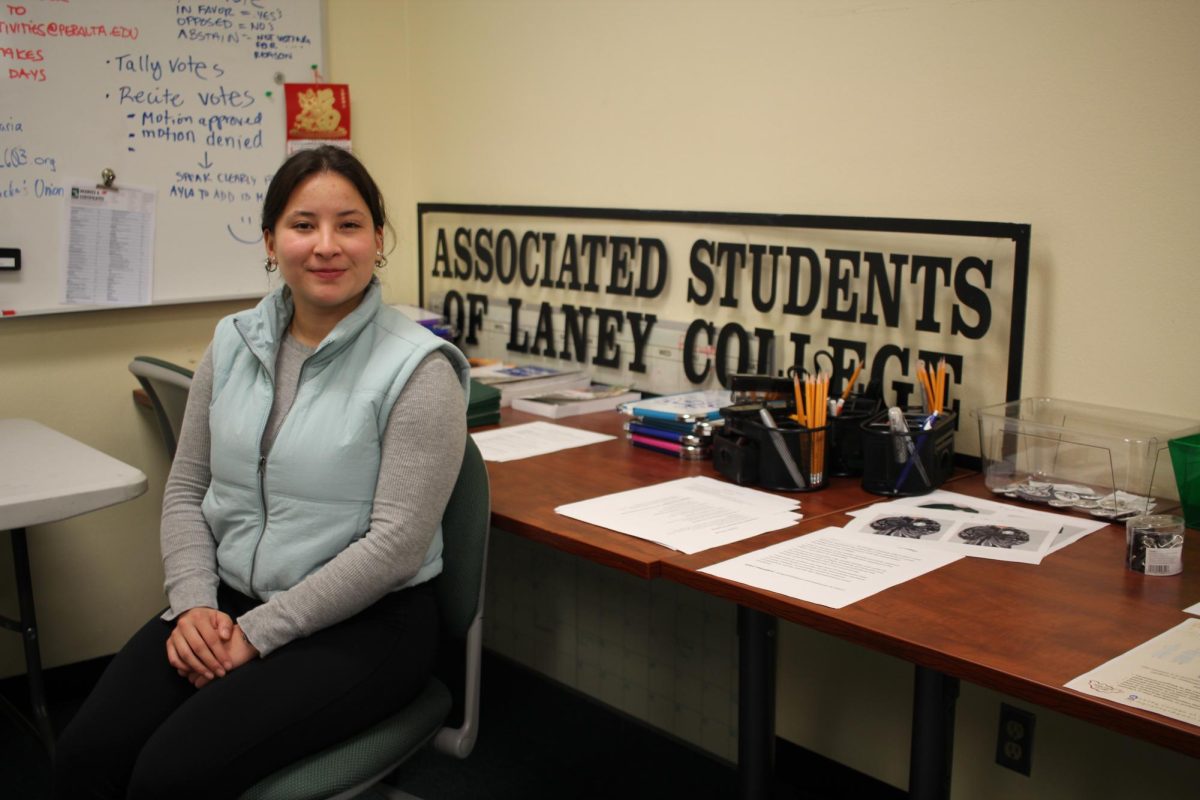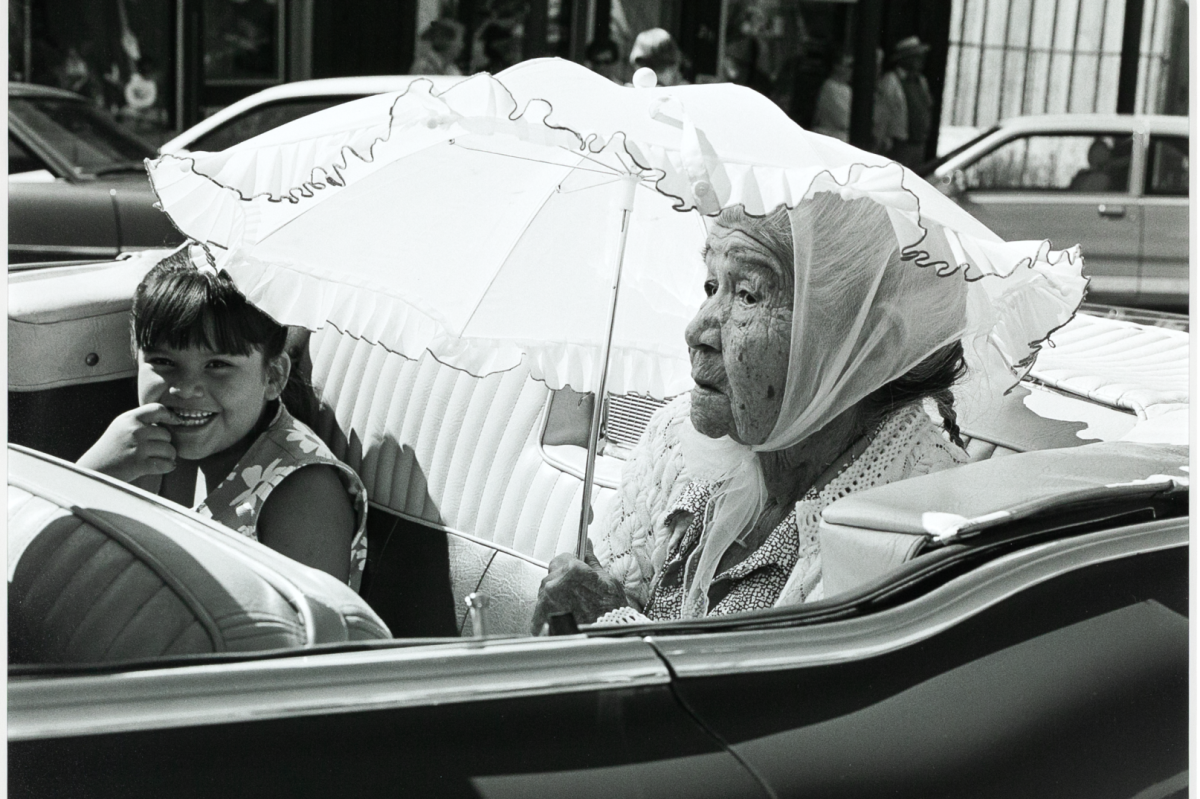Angel Island sits in the San Francisco Bay near the quaint city of Tiburon in Marin County. As a California Historic Landmark, the island houses a local “untold” treasure. 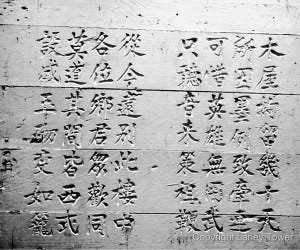 Fortunately, I learned about the significance of Angel Island in an Asian American history class last semester. When I heard about the field trip, I decided to participate due to my interest in the Bay Area and telling the untold story. Professor Janine Fujioka, who teaches Asian/Asian American Studies, was our tour guide and historian.
Fortunately, I learned about the significance of Angel Island in an Asian American history class last semester. When I heard about the field trip, I decided to participate due to my interest in the Bay Area and telling the untold story. Professor Janine Fujioka, who teaches Asian/Asian American Studies, was our tour guide and historian.
We journeyed to Angel Island on May 1, all first-time tourists: myself, my parents and 56 Laney students.
Our mission was to visit the Immigration Station on the northern section of the island. “It was like entering a time capsule, ” noted student Paul Grojea.
After our hike, we learned the history of this station by a park ranger before we entered the station itself.
The immigration station was where thousands of immigrants were held for questioning and was in operation from 1910 to 1940. Over ninety-seven percent of the immigrants that came through the station were Chinese, other groups being Russian-Jews and Pakistanis.
The Chinese were specifically targeted and questioned. After a fire destroyed all records in San Francisco, the records of immigrants and citizens were lost and city officials had to re-gather information on all of the people living in San Francisco.
This led to immigrants telling those who were collecting data that they were born in the United States and that they had children born in the United States. The Chinese immigrants created fake identities and sold them to those in China who wanted to come to work or marry in the United States.
The American government began to catch on to this system, and in order for them to combat it, they set up the Angel Island Immigration Station where Chinese immigrants were to be held and questioned about their family and home. In order for them to pass these tests, those who sold them an identity sent them books of answers for them to study while on the ship to America. Once they arrived at Angel Island, they would then throw the book out into the sea. The poems written on the walls questioned whether or not this whole ordeal was worth it to go to America, others longed to be on American soil and acquire the wealth they heard so much about. Other poems simply reflected how they were feeling in the current moment. This poetry gave the immigrants an anonymous voice to vent about their thoughts and feelings. Now, it is a timeless reminder of the incredible prejudice that was forced on so many and still continues to be forced on Asian and Asian-American groups in the United States.
The poems written on the walls questioned whether or not this whole ordeal was worth it to go to America, others longed to be on American soil and acquire the wealth they heard so much about. Other poems simply reflected how they were feeling in the current moment. This poetry gave the immigrants an anonymous voice to vent about their thoughts and feelings. Now, it is a timeless reminder of the incredible prejudice that was forced on so many and still continues to be forced on Asian and Asian-American groups in the United States.
My trip to the Angel Island Immigration Station was an eye-opening experience; learning about the injustices done to the Chinese immigrants who passed through this station in a classroom is completely different from seeing the station in person. The cramped spaces, the thin mattresses, the deplorable bathrooms, even with 150 fewer people in the room than when the Immigration Station was up and running, it still felt cramped. I will never fully understand how someone who went through the Immigration Station felt, but I was able to get a better idea of what it might have been like, and for that, I am grateful.
Categories:
Students participate in Angel Island field trip: ‘My Angel Island Pilgrimage’
May 15, 2015
Tags:
About the Contributor
In the fall of 2019, The Laney Tower rebranded as The Citizen and launched a new website. These stories were ported over from the old Laney Tower website, but byline metadata was lost in the port. However, many of these stories credit the authors in the text of the story. Some articles may also suffer from formatting issues. Future archival efforts may fix these issues.

